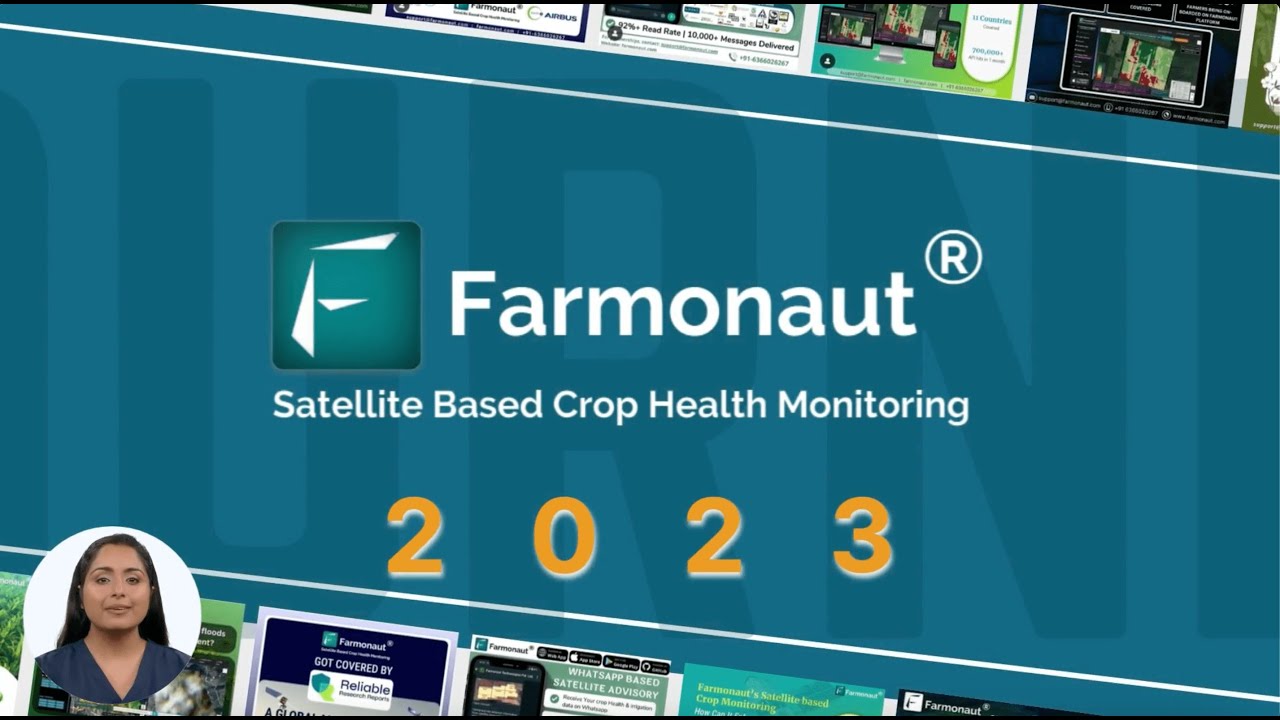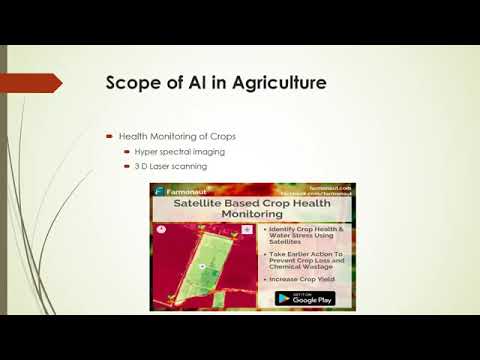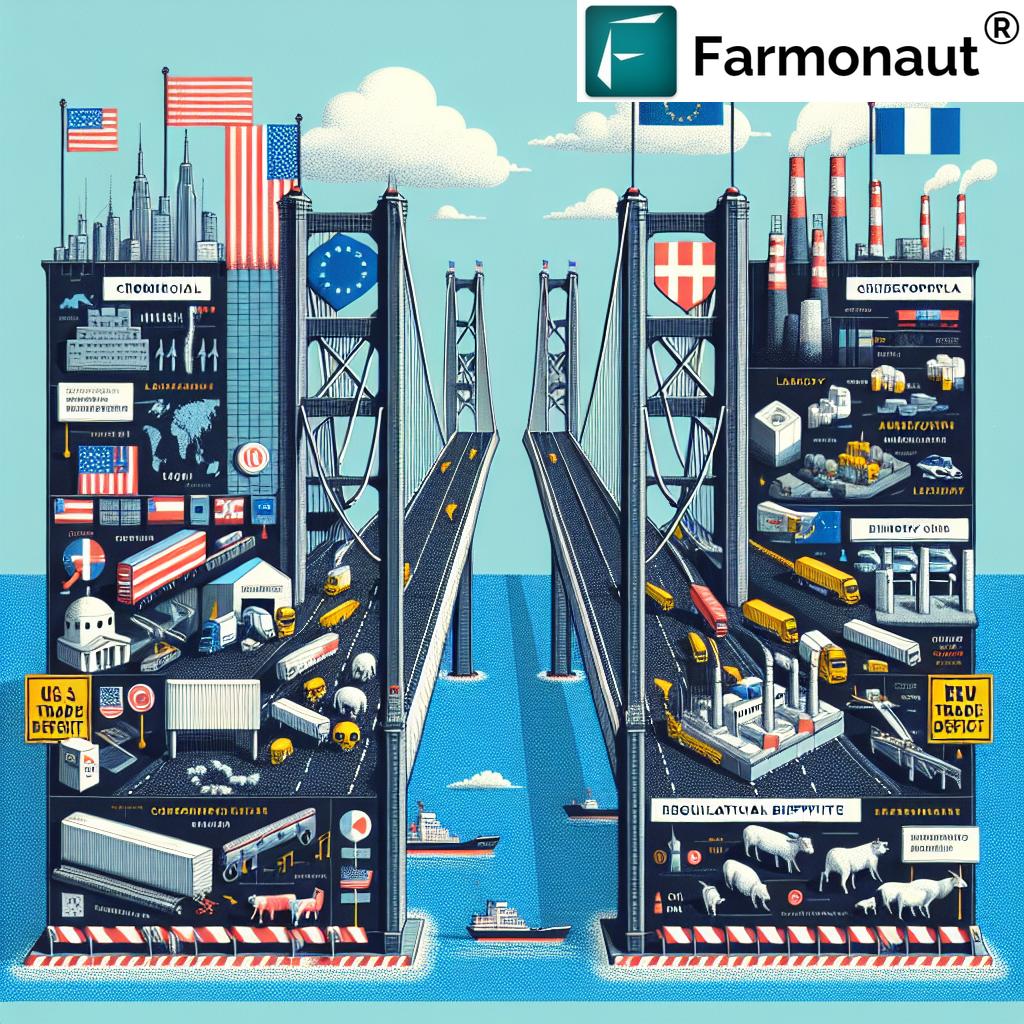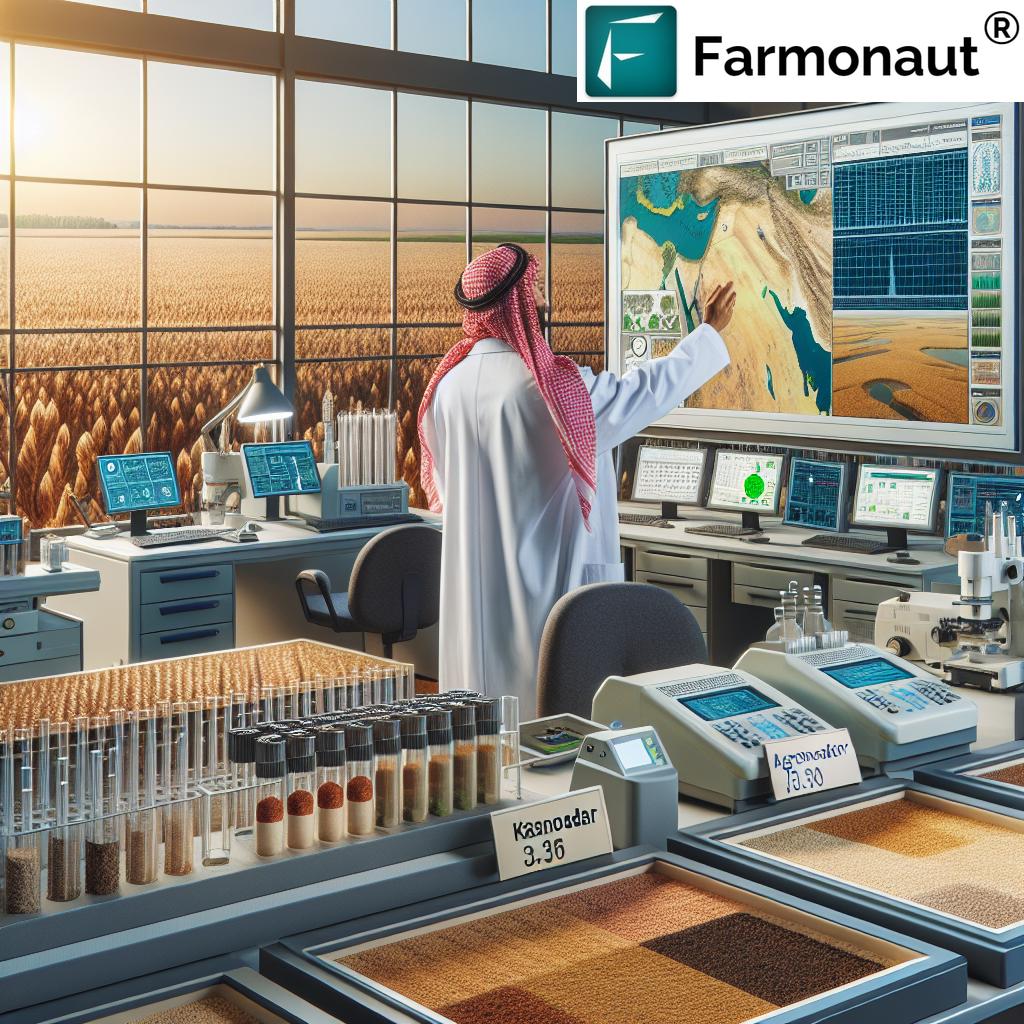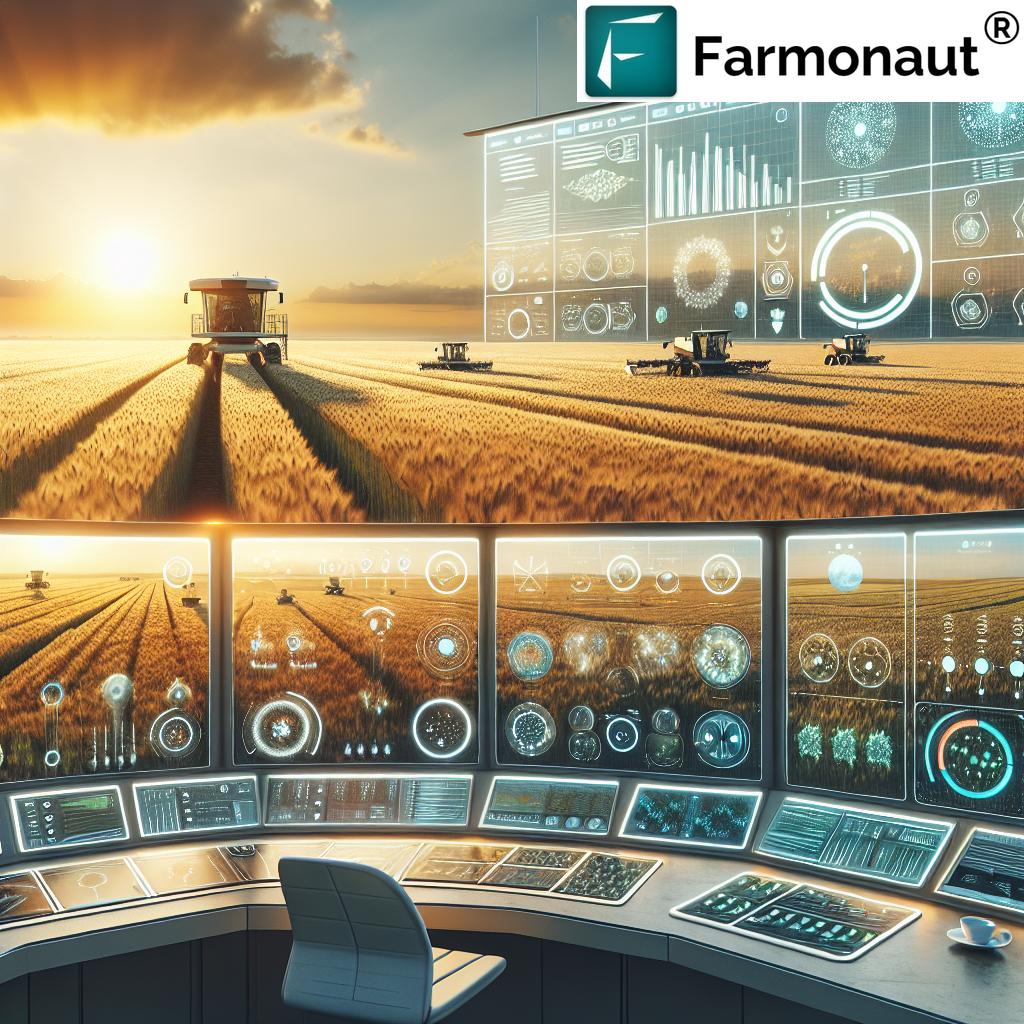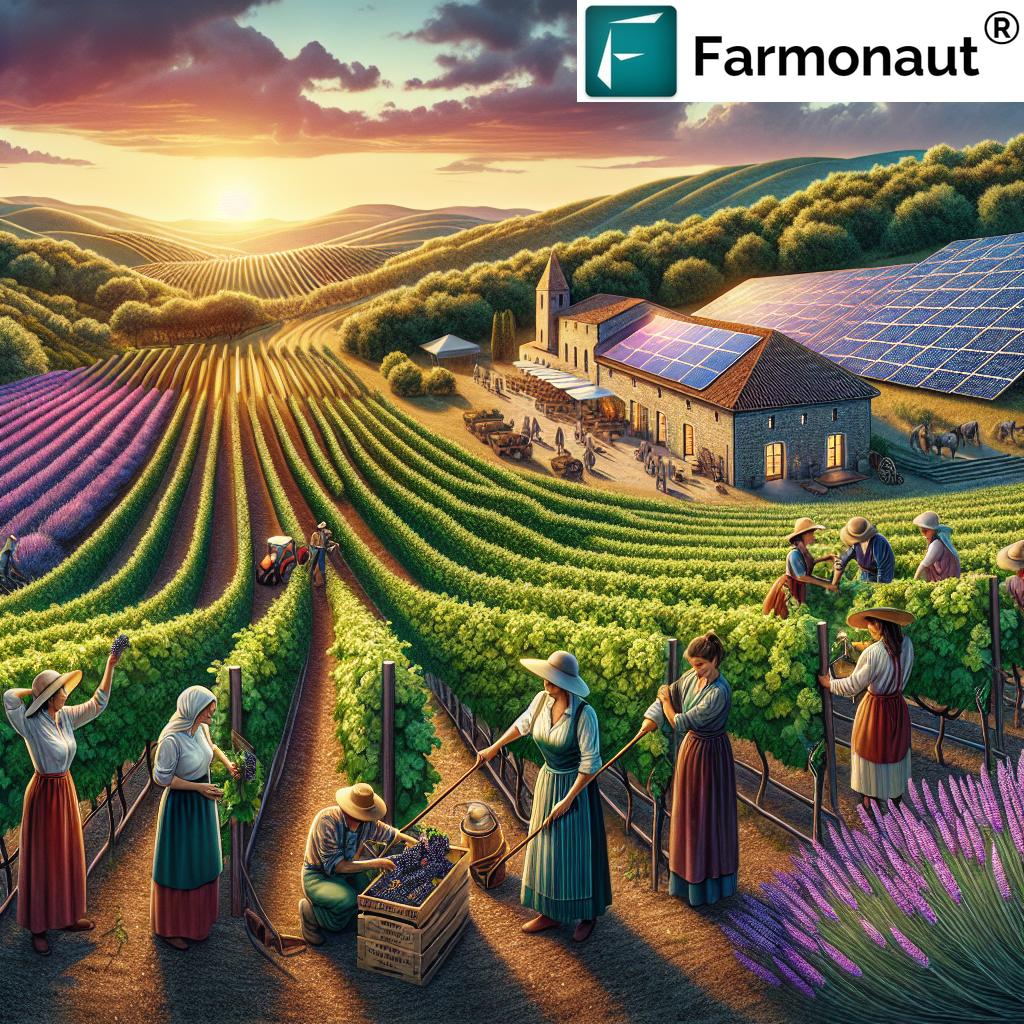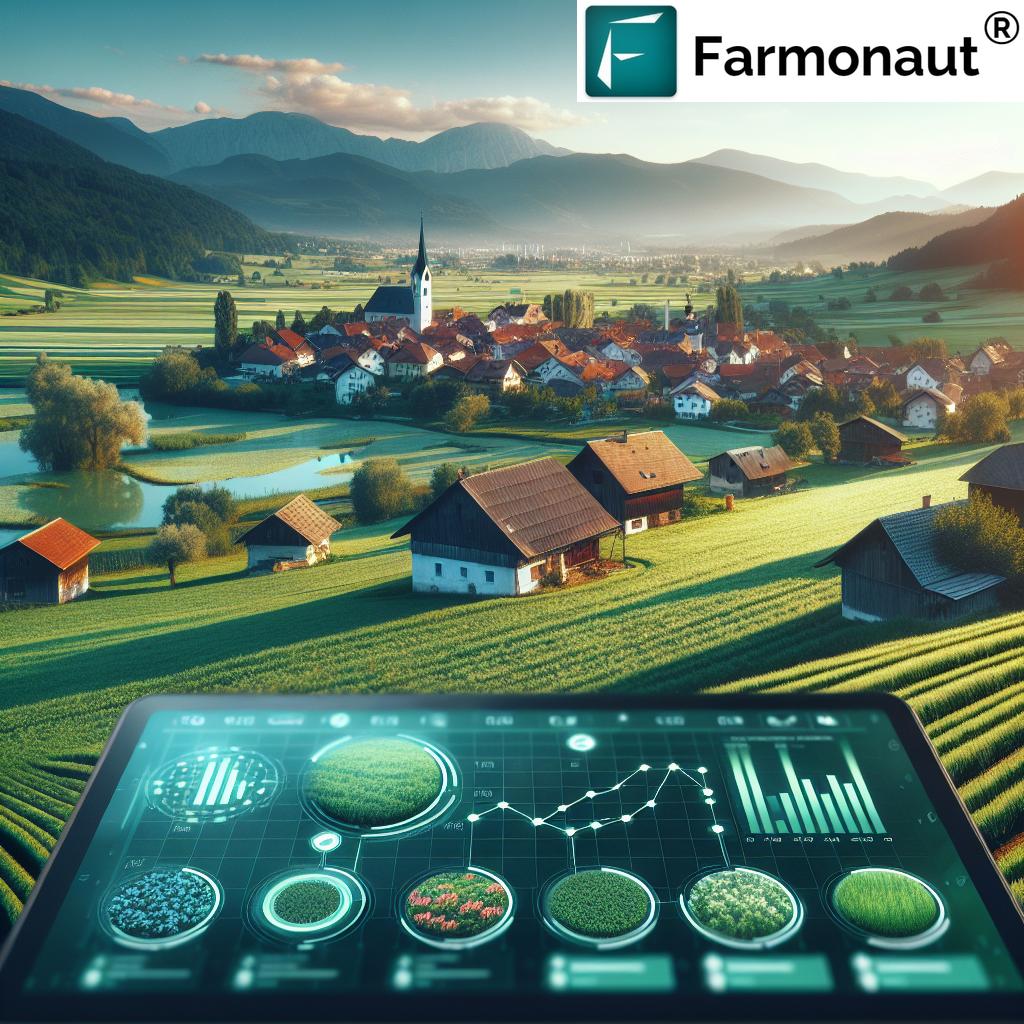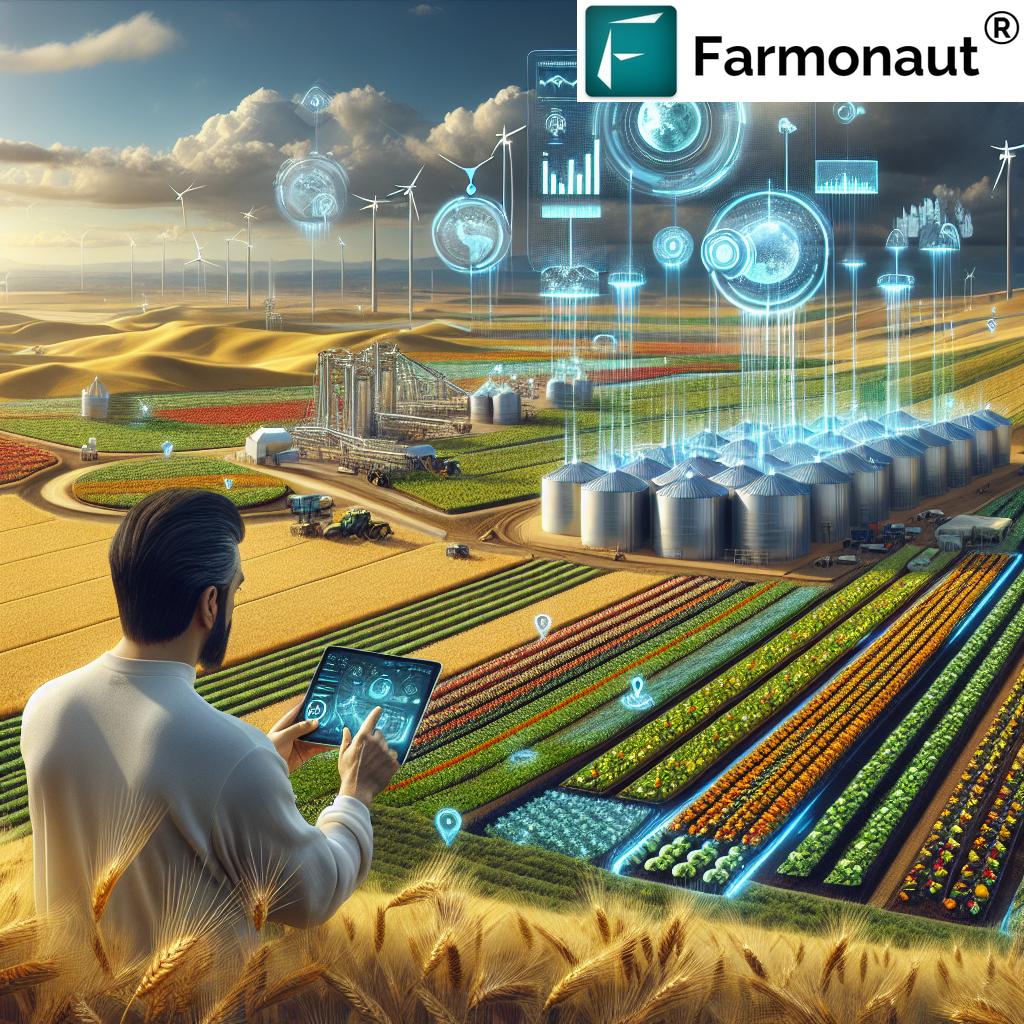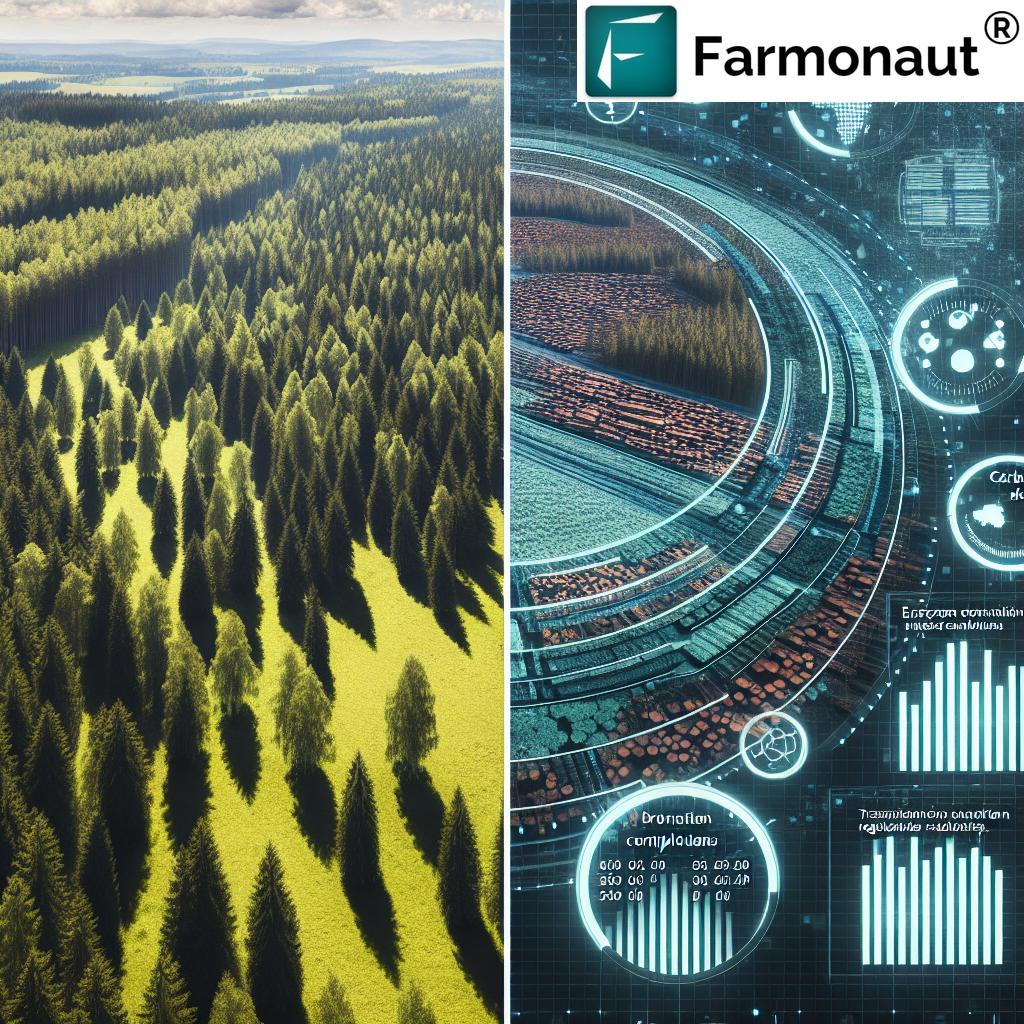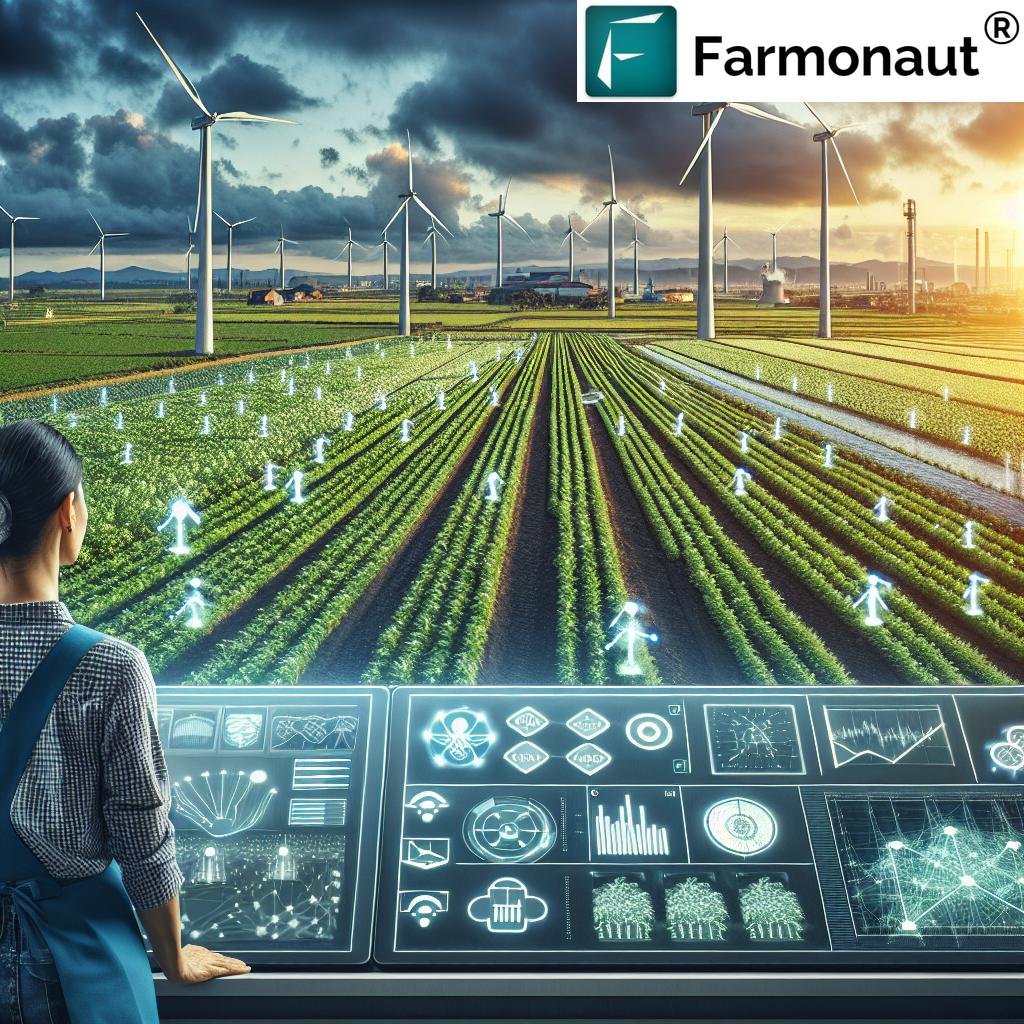European Farming Revolution: Sustainable Agriculture Trends and Innovations Shaping the Future of Food Production
“The Common Agricultural Policy (CAP) influences over 22 million farmers and agricultural workers across the European Union.”
Welcome to our comprehensive exploration of the agricultural revolution sweeping across Europe. In this blog post, we’ll delve into the latest trends in sustainable agriculture, the impact of policies like the Common Agricultural Policy (CAP), and the innovative solutions shaping the future of food production in Europe. From precision farming to climate-smart practices, we’ll uncover how European farmers are adapting to meet the challenges of a changing world while ensuring food security and environmental stewardship.
The Landscape of European Agriculture
European agriculture is undergoing a profound transformation, driven by the need for sustainability, efficiency, and resilience in the face of climate change. As we navigate this changing landscape, it’s crucial to understand the key factors influencing the sector:
- Policy frameworks like the Common Agricultural Policy (CAP)
- Technological advancements in precision farming
- The push for climate-smart agricultural practices
- Growing emphasis on the farm-to-fork supply chain
- Integration of renewable energy in agriculture
Let’s dive deeper into each of these areas and explore how they’re reshaping European farming.
The Common Agricultural Policy (CAP): Steering European Agriculture
The Common Agricultural Policy (CAP) has been a cornerstone of European agricultural policy since 1962. Its influence on farming practices, rural development, and environmental stewardship cannot be overstated. Recent reforms to the CAP have placed a stronger emphasis on sustainability and climate action, aligning with the broader goals of the European Green Deal.
Key aspects of the CAP include:
- Direct payments to farmers, subject to environmental and food safety standards
- Rural development programs to support innovation and sustainability
- Market measures to address volatility and crises in agricultural markets
The CAP’s impact extends beyond individual farmers to agri-food cooperatives, which play a vital role in the European agricultural sector. These cooperatives help small and medium-sized farms pool resources, share knowledge, and access markets more effectively.
Precision Farming: The Technological Revolution in Agriculture
Precision farming is at the forefront of agricultural innovation in Europe. This approach uses advanced technologies to optimize crop management, reduce resource use, and improve yields. Let’s explore some key precision farming solutions transforming European agriculture:
- Satellite-based crop monitoring: Companies like Farmonaut are leveraging satellite imagery to provide real-time insights into crop health, soil moisture, and other critical metrics. This technology allows farmers to make data-driven decisions about irrigation, fertilizer application, and pest management.
- IoT sensors and drones: These devices collect granular data on soil conditions, weather patterns, and crop growth, enabling highly targeted interventions.
- AI and machine learning: Advanced algorithms analyze vast amounts of agricultural data to provide personalized recommendations for farm management.
The adoption of precision farming techniques is rapidly growing across Europe, with farmers recognizing the potential for increased efficiency and sustainability. For instance, Farmonaut’s platform offers affordable access to satellite-based farm management solutions, making precision agriculture accessible to farms of all sizes.
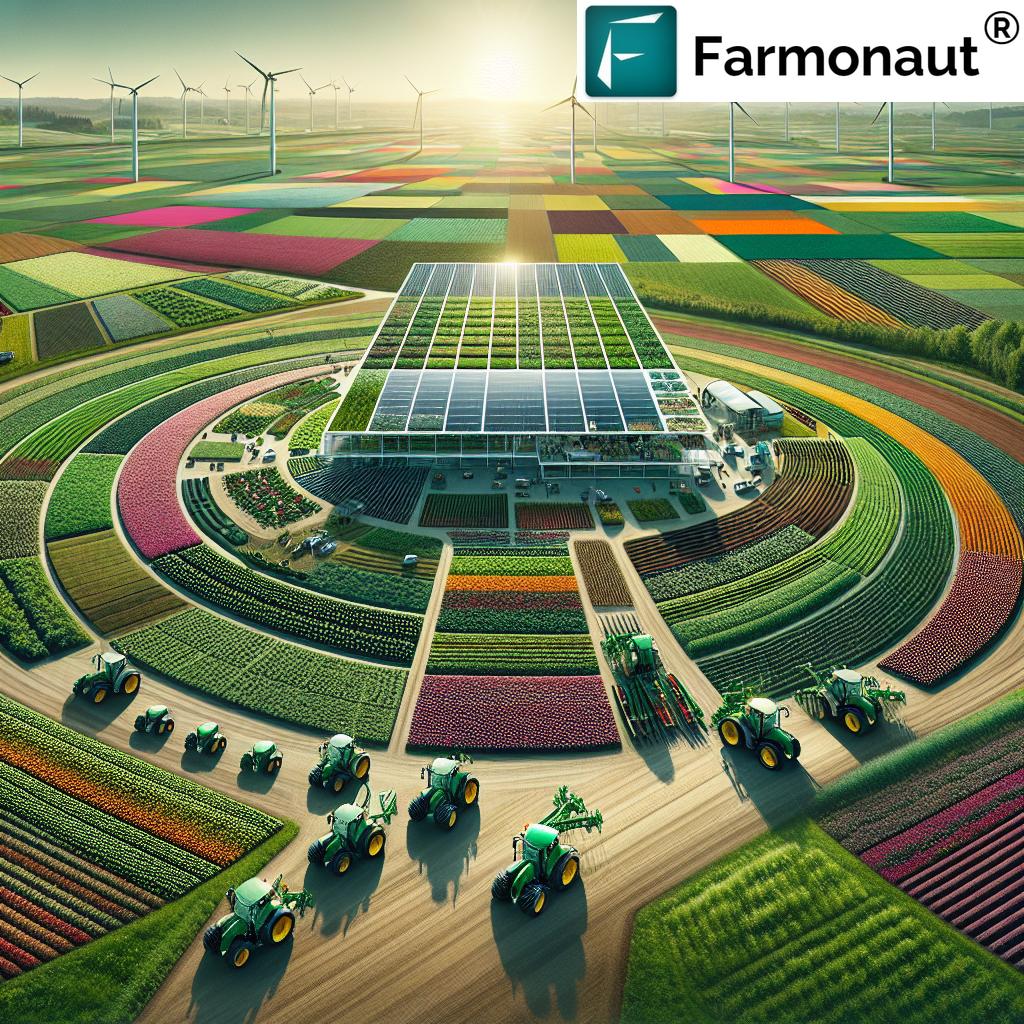
Climate-Smart Agriculture: Adapting to Environmental Challenges
“The European Green Deal aims to reduce greenhouse gas emissions by at least 55% by 2030 in the agricultural sector.”
Climate-smart agriculture (CSA) is a holistic approach that addresses the interlinked challenges of food security and climate change. In Europe, CSA is gaining traction as farmers seek ways to adapt to changing weather patterns while reducing their environmental impact. Key elements of climate-smart agriculture include:
- Conservation tillage and no-till farming to improve soil health and carbon sequestration
- Crop diversification and rotation to enhance resilience and soil fertility
- Efficient water management through drip irrigation and rainwater harvesting
- Agroforestry practices that combine trees with crop or livestock farming
The European Union is actively promoting CSA through various initiatives and funding programs. For example, the Horizon Europe research and innovation program allocates significant resources to developing climate-smart agricultural solutions.
Innovative Crop Management Techniques
European farmers are adopting a range of innovative crop management techniques to improve yields, reduce environmental impact, and adapt to changing climate conditions. Some notable approaches include:
- Vertical farming: Urban areas are seeing the rise of vertical farms, which use controlled environments to grow crops year-round with minimal water and land use.
- Hydroponics and aquaponics: These soilless growing systems are gaining popularity for their water efficiency and potential for urban food production.
- Precision seeding and harvesting: Advanced machinery guided by GPS and AI optimizes planting and harvesting processes, reducing waste and improving efficiency.
- Biological pest control: The use of natural predators and beneficial insects is replacing chemical pesticides in many European farms, promoting biodiversity and reducing environmental impact.
These techniques are not only improving productivity but also contributing to the sustainability goals outlined in the European Green Deal.
Renewable Energy in Agriculture: Powering Sustainable Farming
The integration of renewable energy sources in agriculture is a growing trend across Europe. This shift not only reduces the carbon footprint of farming operations but also provides additional income streams for farmers. Key developments in this area include:
- Solar-powered irrigation systems: Harnessing solar energy for water pumping and distribution, reducing reliance on grid electricity or diesel generators.
- Wind energy on farmland: Many European farmers are leasing portions of their land for wind turbines, generating clean energy and supplemental income.
- Biogas production: Anaerobic digesters convert agricultural waste into biogas, providing a renewable energy source and effective waste management solution.
- Agrivoltaics: This innovative approach combines solar panel installation with crop production, optimizing land use and energy generation.
The adoption of renewable energy in agriculture aligns with the EU’s broader goals for a low-carbon economy and demonstrates the sector’s commitment to sustainability.
The Farm-to-Fork Supply Chain: Ensuring Transparency and Efficiency
The farm-to-fork concept is gaining momentum in Europe, driven by consumer demand for transparency, sustainability, and local food production. This approach focuses on creating shorter, more efficient supply chains that connect farmers directly with consumers. Key aspects of the farm-to-fork strategy include:
- Promoting local food systems and short supply chains
- Enhancing traceability through blockchain and other digital technologies
- Reducing food waste throughout the supply chain
- Encouraging sustainable packaging and transportation methods
Technologies like Farmonaut’s blockchain-based traceability solutions are playing a crucial role in implementing farm-to-fork strategies, ensuring transparency and building consumer trust.
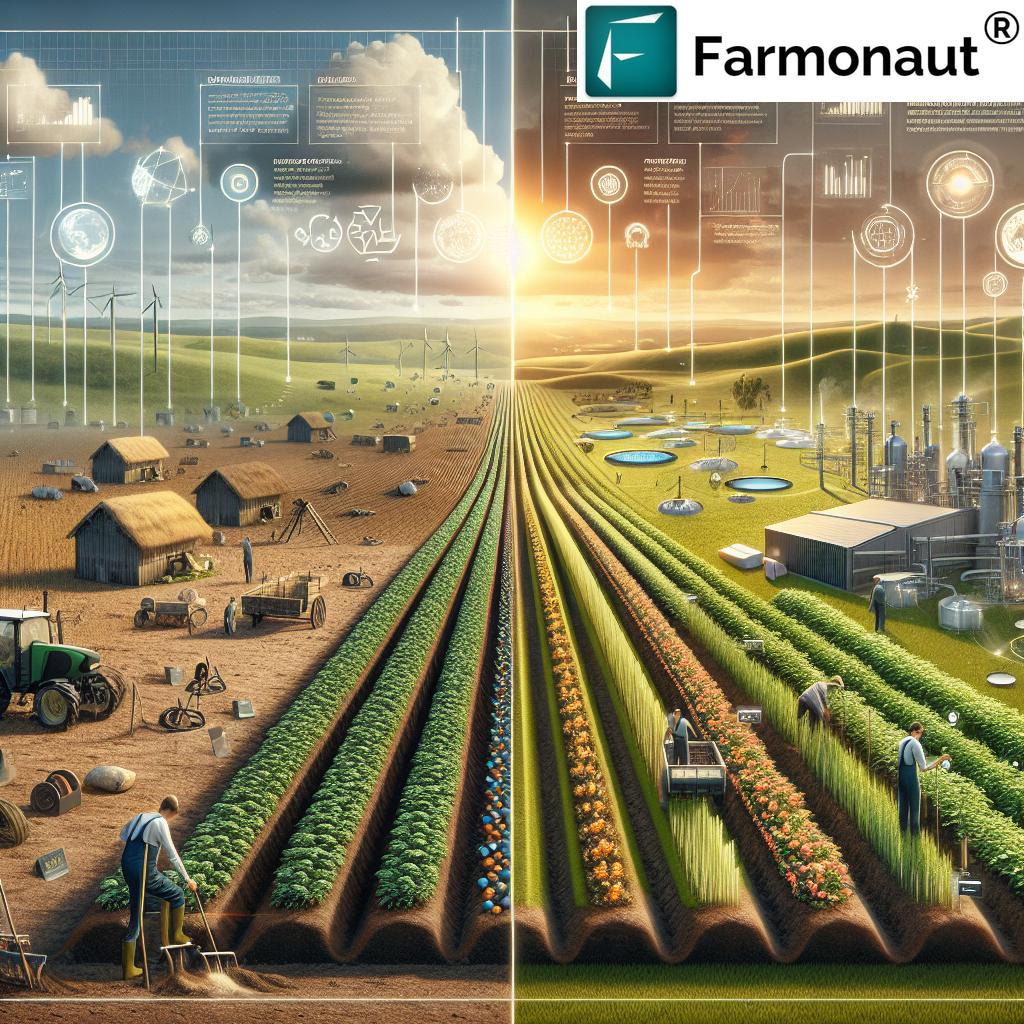
Agricultural Innovation and Technology: Driving Efficiency and Sustainability
Innovation is at the heart of the European farming revolution. From advanced robotics to AI-powered decision support systems, technology is transforming every aspect of agriculture. Some key areas of innovation include:
- Autonomous farming equipment: Self-driving tractors and harvesting robots are reducing labor costs and improving efficiency.
- AI-powered crop monitoring: Systems like Farmonaut’s Jeevn AI provide personalized advice on crop management, optimizing inputs and yields.
- Genetic technologies: Advanced breeding techniques are developing crops with enhanced resilience to pests, diseases, and climate stresses.
- Blockchain for supply chain management: Ensuring transparency and traceability from farm to consumer.
These technological advancements are not only improving productivity but also contributing to the sustainability of European agriculture.
Challenges and Opportunities in European Agriculture
While the future of European agriculture looks promising, it’s not without challenges. Some key issues facing the sector include:
- Balancing productivity with environmental protection
- Adapting to climate change and increasing weather volatility
- Ensuring fair incomes for farmers, especially small-scale producers
- Managing the transition to new technologies and farming practices
- Addressing labor shortages and an aging farming population
However, these challenges also present opportunities for innovation, collaboration, and the development of more resilient and sustainable agricultural systems.
The Role of Agri-Food Cooperatives
Agri-food cooperatives play a vital role in the European agricultural landscape. These organizations provide numerous benefits to their members, including:
- Increased bargaining power in the market
- Shared resources and expertise
- Access to advanced technologies and innovative practices
- Collective marketing and branding opportunities
As the agricultural sector evolves, cooperatives are adapting to new challenges and opportunities, often leading the way in adopting sustainable practices and innovative technologies.
The Impact of the European Green Deal on Agriculture
The European Green Deal, launched in 2019, has significant implications for the agricultural sector. Its ambitious goals include:
- Reducing the use of chemical pesticides by 50% by 2030
- Increasing organic farming to 25% of agricultural land by 2030
- Reducing nutrient losses by at least 50%
- Enhancing biodiversity on farmland
These targets are driving rapid change in farming practices across Europe, encouraging the adoption of more sustainable and environmentally friendly approaches to agriculture.
Key Sustainable Agriculture Trends in Europe
| Trend | Description | Benefits | Adoption Rate (%) |
|---|---|---|---|
| Precision Farming | Use of technology to optimize crop management and resource use | Increased yields, reduced input costs, minimized environmental impact | 25% |
| Climate-Smart Agriculture | Farming practices that adapt to and mitigate climate change | Enhanced resilience, reduced emissions, improved soil health | 30% |
| Renewable Energy Integration | Incorporation of solar, wind, and biogas in farming operations | Reduced carbon footprint, energy independence, additional income | 15% |
| Farm-to-Fork Supply Chain | Shortened supply chains connecting farmers directly with consumers | Increased transparency, reduced food waste, fairer prices for farmers | 20% |
The Future of European Agriculture
As we look to the future, it’s clear that European agriculture is on a trajectory of continuous innovation and sustainability. The sector is poised to meet the challenges of food security, climate change, and environmental protection through a combination of policy support, technological advancement, and farmer ingenuity.
Key trends shaping the future include:
- Further integration of AI and machine learning in farm management
- Expansion of vertical farming and urban agriculture
- Development of climate-resilient crop varieties
- Increased adoption of regenerative agriculture practices
- Greater emphasis on biodiversity and ecosystem services in farming
Companies like Farmonaut are at the forefront of this revolution, providing farmers with the tools and insights needed to navigate this changing landscape. By making precision agriculture more accessible and affordable, Farmonaut is helping to democratize advanced farming technologies across Europe.
To learn more about how Farmonaut’s solutions can benefit your farming operations, visit their website or explore their mobile apps:
For developers interested in integrating Farmonaut’s satellite and weather data into their own applications, check out the Farmonaut API and the API Developer Docs.
Conclusion
The European farming revolution is well underway, driven by a combination of policy initiatives, technological innovations, and a growing commitment to sustainability. From precision farming to climate-smart agriculture, the sector is adapting to meet the challenges of the 21st century while ensuring food security and environmental stewardship.
As we’ve explored in this blog post, the future of European agriculture is bright, with countless opportunities for innovation and growth. By embracing new technologies, sustainable practices, and collaborative approaches, European farmers are not only securing their own futures but also contributing to a more resilient and sustainable global food system.
FAQs
- What is the Common Agricultural Policy (CAP)?
The CAP is the EU’s agricultural policy that provides financial support to farmers, ensures food security, and promotes rural development while addressing environmental concerns. - How is precision farming changing European agriculture?
Precision farming uses technologies like satellite imaging, IoT sensors, and AI to optimize crop management, reduce resource use, and improve yields. - What is climate-smart agriculture?
Climate-smart agriculture involves farming practices that increase productivity while adapting to and mitigating climate change effects. - How are renewable energy sources being integrated into European farming?
Farmers are adopting solar-powered irrigation, wind energy, biogas production, and agrivoltaics to reduce their carbon footprint and generate additional income. - What is the farm-to-fork strategy?
The farm-to-fork strategy aims to create shorter, more transparent supply chains that connect farmers directly with consumers, promoting sustainability and local food production.



